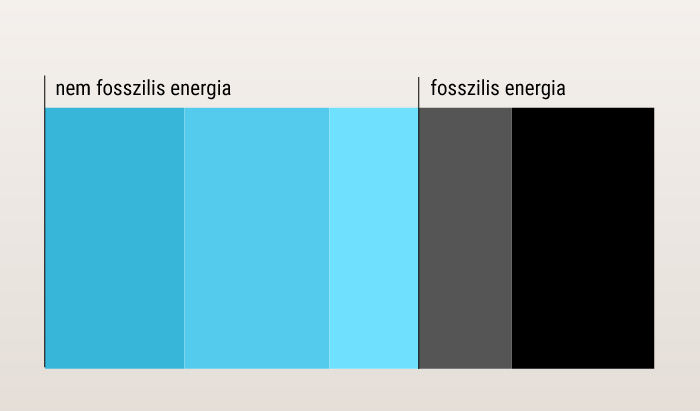6
According to this year’s Global Carbon Budget Report, we have 11 years to maintain our commitment under the Paris Climate Agreement to keep global warming below 1.5°C at current levels. However, not all major economies (which obviously have the greatest impact on the process) are as committed in practice as they are in word of mouth. Let us show you what percentage of the budget was allocated from the G20 last year to finance renewable energy!
Energy Policy Tracker is a not-for-profit research project published The report shows that in the past year, the G20 countries spent less than 10% of the amount earmarked for stimulating energy production or consumption in projects specifically dedicated to the production of clean energy. Fortunately, if we add to the scale of projects that directly contribute to the growth of green energy in the economy, we get a much better rate: almost 40% of the amount allocated to stimulate production or energy consumption was spent on renewable energy projects by the largest farms.
If we look at the proportions, we find that Japan is in the lead. The state has spent more than 90% of its budget to support various energy sources to support projects that directly encourage the consumption of clean energy. The largest amount was 187.31 million dollars (over 60 billion forints) to increase renewable energy in zero-emissions cities. Season.
However, in the case of Japan, it should be noted that it is also geopolitically feasible for the country to finance projects that are an alternative to fossil fuels. Japan has only a token amount of its fossil fuel reserves, so it needs to import a lot (in 2019, it will exceed oil and gas supplies 99 percent was covered by imports). This greatly increases the vulnerability of the country.
Australia has spent the largest proportion of its budget stimulating energy consumption and production for clean energy production: nearly half of the amount allocated has gone directly to green energy financing.
More than 50% of European G20 members have spent their budgets supporting various energy sources to encourage consumption or production of renewable energy.
On the other hand, only the Republic of South Africa, Saudi Arabia and Russia have subsidized fossil fuels this year. In the case of Turkey, Argentina, and Indonesia, the amount spent on renewables is also minimal: these countries have spent less than 10% of their budgets on clean energy.

Some do not…
Who depends more…
But how did countries responsible for a large proportion of energy emissions perform? In 2020, China accounted for a third of total energy consumption in the G20 and the United States at 20 percent. Responsible – Together, these two countries represent half of the world’s largest economies.
The United States lags far behind its competition in terms of investment in renewables: in 2020, it invested less than 30 percent of its budget to support various energy sources in clean energy, while China spent two-thirds of its related budget on it. (From a geopolitical point of view, of course, the same argument applies here as in the case of Japan, where hydrocarbon dependence also poses serious strategic challenges for China.)
The figures show that the per capita production of China, with a population of 1.5 billion, is not close to that of the United States, which has a population of 300 million, but that its energy needs are rising significantly:
In 2019, China accounted for two-thirds of the increase in energy demand Responsible.
India, which is growing so fast, is also worth considering when it comes to its commitment to clean energy. Fortunately, the country (which accounts for 7% of the G-20’s energy needs) is on a fairly good track at the moment: more than 70% of its public investment in this sector goes to renewable energy.
Tamas Zeeman – Buttercup Riddle












































